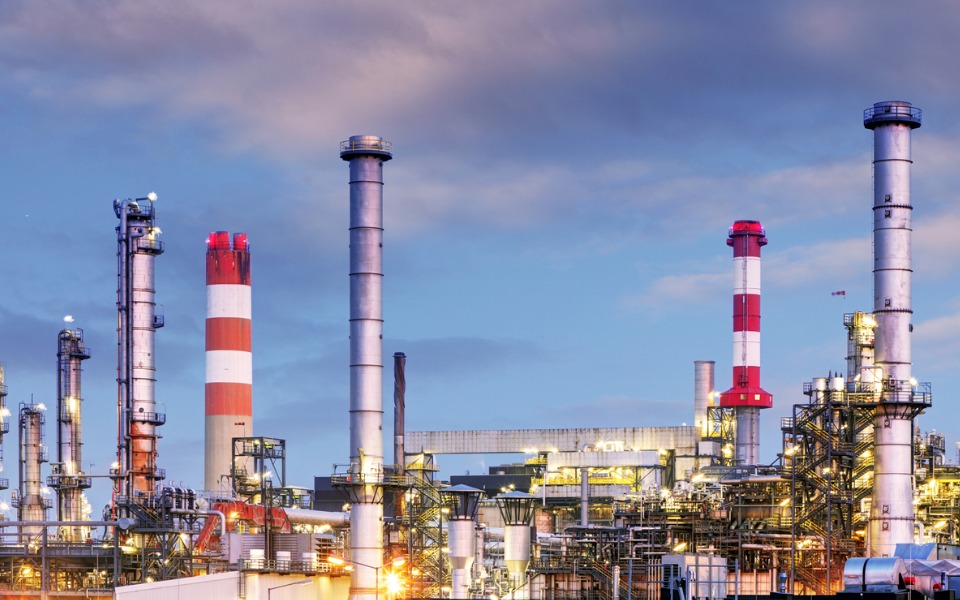
Green energy is on surge, but can it fill the bottomless pit of demand?
Much-vilified fossil fuels will continue to be critical as economies resurface from COVID; India has a long way to go to meet COP26 target

Replacing every fossil fuel-chugging, smoke emitting vehicle or factory with green options such as solar or wind energy is every environmentalist’s dream. Will this appears to be eminently doable with the advancements in renewables technology, the reality is proving far tougher.
The rise in fuel demand — thanks mainly to a global economy re-emerging from the grip of a pandemic — is so enormous that clean energy may never be enough. This means fossil fuels, at least for a while, are here to stay, and in substantial quantities.
A transition to green energy from traditional fuels is not as imminent as it is believed to be, say climate change and energy experts. Therefore, while renewables generation is on an impressive rise, so is that of fossil fuels.
Also read: COP26: India polishes its climate reputation at Glasgow
Energy transition is among the most hotly debated topics at the ongoing COP26 climate conference in Glasgow. S&P Global defines ‘energy transition’ as “the global energy sector’s shift from fossil-based systems of energy production and consumption — including oil, natural gas and coal — to renewable energy sources like wind and solar, as well as lithium-ion batteries.”
Capacity vs demand
A CNBC report quoted energy experts as saying that there is rapid growth in power demand as the world recovers from COVID, which green energy is unable to keep pace with. While the capacity additions have been significant, the demand increase has been even more so. The numbers match the visible trend. While the supply of green energy is projected to increase 35 GW worldwide from 2021 to 2022, the demand increase over the same period is estimated at 100 GW, or about thrice the capacity expansion.
Electricity demand alone is expected to surge 5% in 2021 and 4% in 2022, suggest data from the International Energy Agency (IEA). This can be met by both renewable energy and traditional sources. While renewables are set to produce 8% more energy this year and 6% more in 2022, these will cater to just half the projected rise in electricity demand, said the IEA.
The investment in oil and gas has fallen amid a slump in prices in 2020, it noted. Energy transition requires substantial spending; while this is happening, the speed is inadequate, say experts. The coal shortage across India, China, Europe and elsewhere in the world, and its sizeable impact on the economies, is ample proof that there is a wide gap between energy demand and supply despite the massive investments across green and traditional sources.
India’s green agenda
While the nation is still largely dependent on oil and gas to power its economy, it has set ambitious energy transition targets for itself. Prime Minister Narendra Modi told the COP26 summit that by 2030, India’s power generation from solar and other green sources will overtake that from its entire present grid. Currently, coal powers about 70% of India’s electricity generation.
“First, India will increase its non-fossil energy capacity to 500 GW. Second, by 2030, 50% of our energy requirements will come from renewable resources,” he said.
Media reports said the government is upbeat on producing solar energy from Rajasthan, home to the Thar Desert. The Bhadla Solar Park there sees 325 sunny days a year, which mean it can ensure almost uninterrupted power generation. Such mega-scale solar parks can be replicated in other regions to push transition, it is expected.
India is also doing well on the wind energy front, ranked fourth in the world. According to energy market research firm Mercom, India installed 384 MW of wind capacity in the third quarter of 2021. This marked a 30% rise over the 295 MW installed in Q3 2020. Further, it said, installations grew about 60% over the 239 MW seen in Q2 2021. “A significant share of installations in Q3 2021 came from Tamil Nadu, Gujarat and Karnataka,” it noted.
Tough target
Modi, at COP26, declared that India will obtain 50% of its energy requirement from renewables by 2030. This has set a tough and immediate transition target for industry stakeholders, from the Union and State governments to PSUs and private players, and consumers.
Government officials are reported to be drafting detailed action plans, considering the country’s current renewables capacity is just 100 GW, against the 450 GW target set for 2030. It is estimated that 280 GW will come from solar and 140 GW from wind. The balance is likely to be sourced from hybrid sources that would include the use of hydrogen and biofuels.

